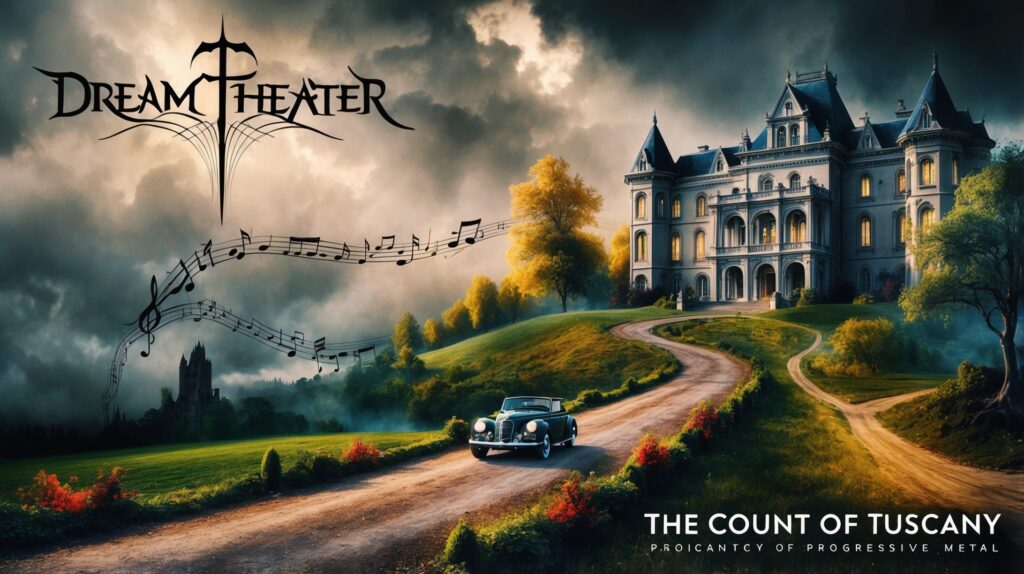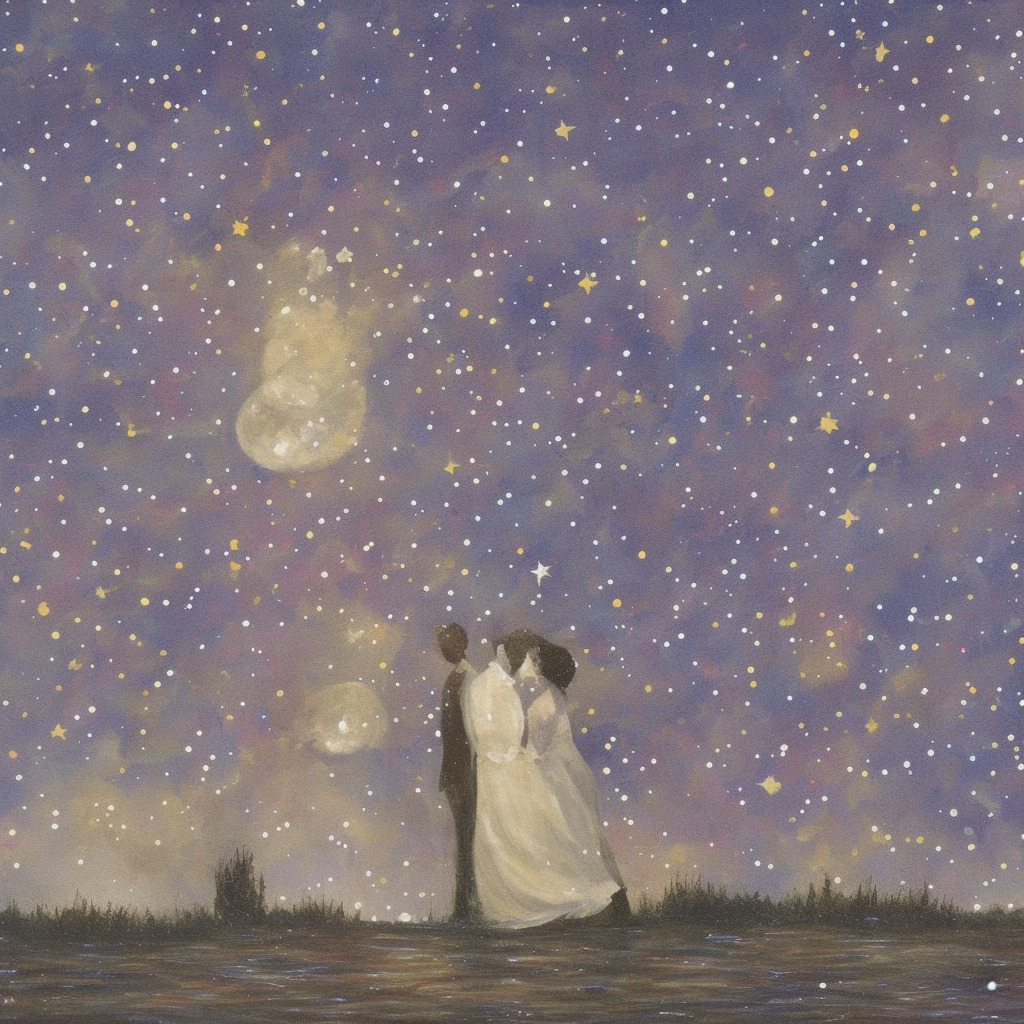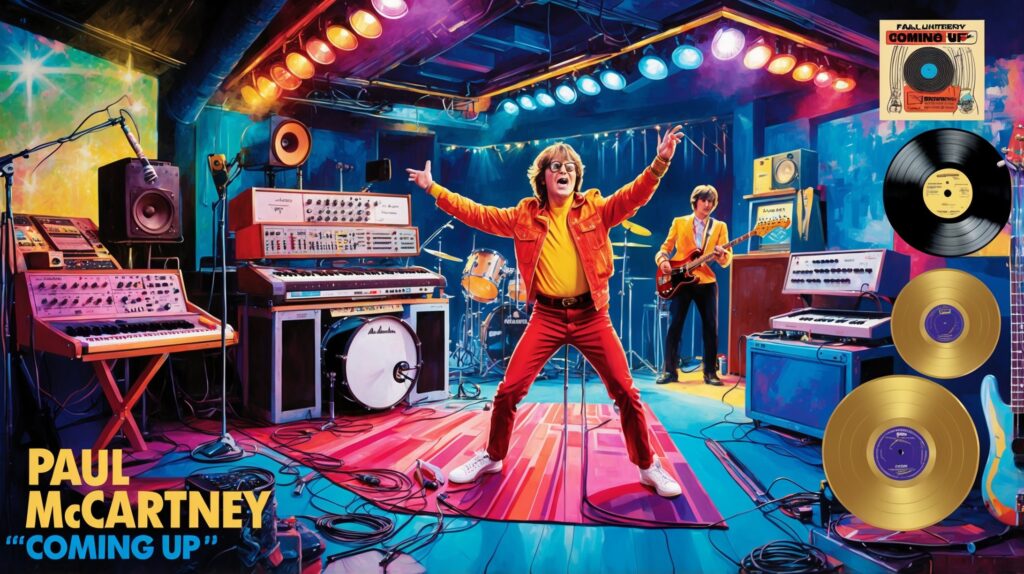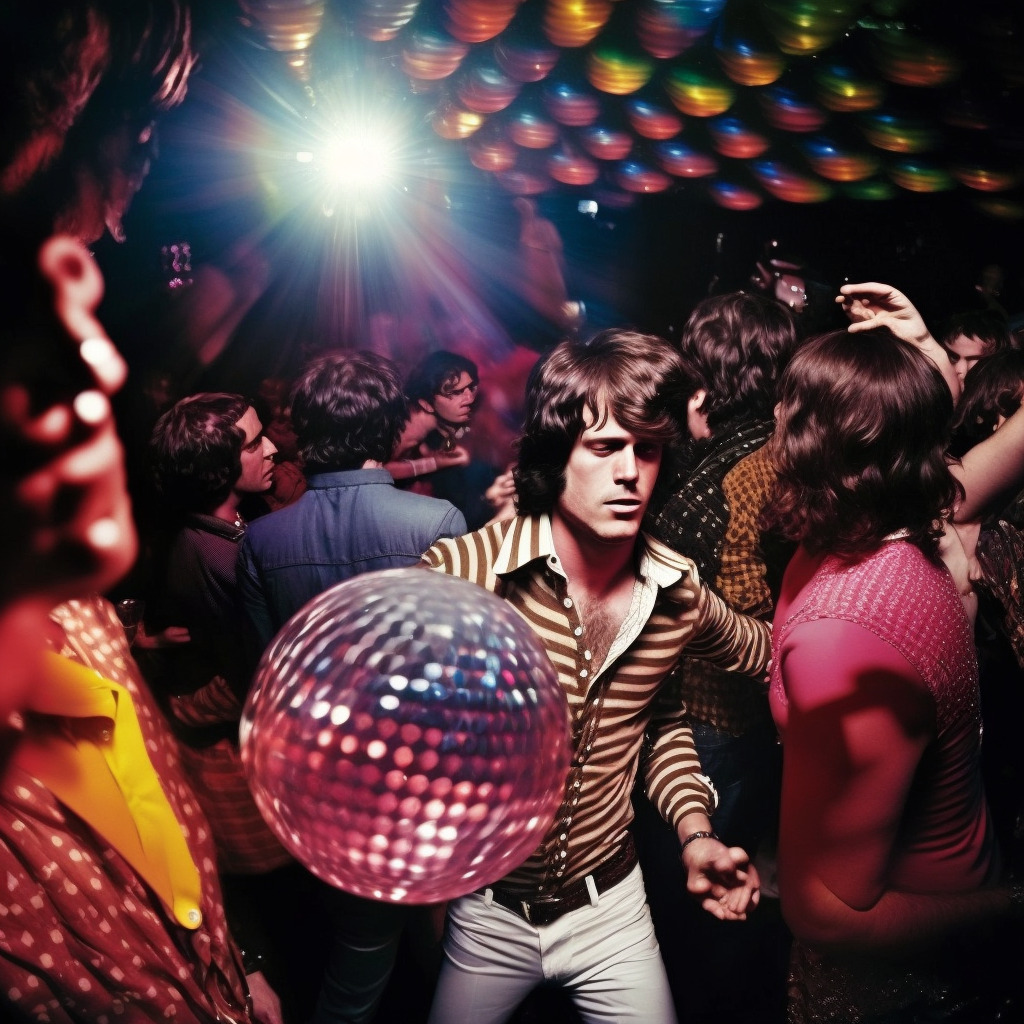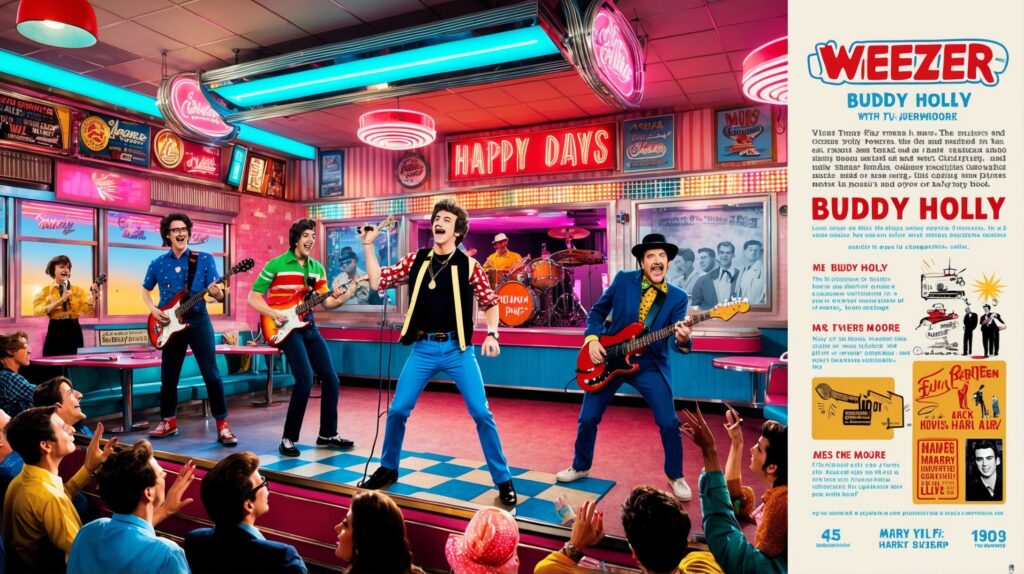🎶 90s flashback: Did you know #NatalieImbruglia’s “Torn” is actually a cover of Danish band Ednaswap? Still, Nat’s version remains untouchable! 😉💿 #TornTrivia #MusicBlogger #NowPlaying Read about it: tinyurl.com/yazt95ph
Dissecting the Timeless Appeal of Natalie Imbruglia’s Breakout Hit
Diving into the enduring magic of Natalie Imbruglia’s “Torn,” a heart-wrenching anthem transcending decades and capturing the universal essence of love and loss.

Natalie Imbruglia, the Australian singer-songwriter and actress, first captured the hearts of many with her 1997 debut single, “Torn.” While it has been over two decades since this iconic song first graced the airwaves, its emotional impact and Imbruglia’s undeniable talent have ensured its lasting legacy in the world of pop music.
Born in 1975 in Sydney, Australia, Natalie Imbruglia began her career in the entertainment industry as a teenager, landing a role on the popular Australian soap opera “Neighbours” before making the leap to pursue her passion for music. It was Imbruglia’s sultry voice and depth of feeling that elevated “Torn” from a song originally written and recorded by alternative rock band Ednaswap in 1993 to the international hit we know and love today.
“Torn” resonated with listeners around the world, hitting the top of the charts in countries such as the United Kingdom, Canada, and her native Australia. The emotive power of the song’s lyrics, combined with Imbruglia’s raw vocal performance, struck a chord with fans who could relate to the vulnerability and heartache conveyed in the song. Furthermore, the striking music video, featuring a disheveled Imbruglia in an empty apartment, added to the song’s emotional depth and provided a perfect visual counterpart to its melancholic theme.
However, it is essential to note that while “Torn” was a massive success, Natalie Imbruglia was not without her fair share of challenges and criticisms throughout her career. Some people labeled her a one-hit-wonder due to her subsequent releases’ inability to match the immense popularity of “Torn.” Moreover, she faced occasional backlash for her pop-rock sound amid the rise of post-grunge and alternative music.
Despite these hurdles, Natalie Imbruglia’s achievements and accolades are undeniable. “Torn” earned her three Grammy Award nominations, including Best New Artist, Best Female Pop Vocal Performance, and Best Pop Album for her debut record, “Left of the Middle.” Additionally, she won multiple awards at the 1998 MTV Video Music Awards, including Best Female Video and Best New Artist, solidifying her place in the music industry and proving that her success was well-deserved.
In conclusion, Natalie Imbruglia’s “Torn” has stood the test of time as a memorable, emotionally charged anthem of heartache and vulnerability. While her career has had its ups and downs, there’s no denying the lasting impact she has made on the music industry and the hearts of fans worldwide.
Charting the Success of a ’90s Classic
Torn: Natalie Imbruglia’s timeless ’90s classic that shattered records, garnered awards, and captured the hearts of millions worldwide.
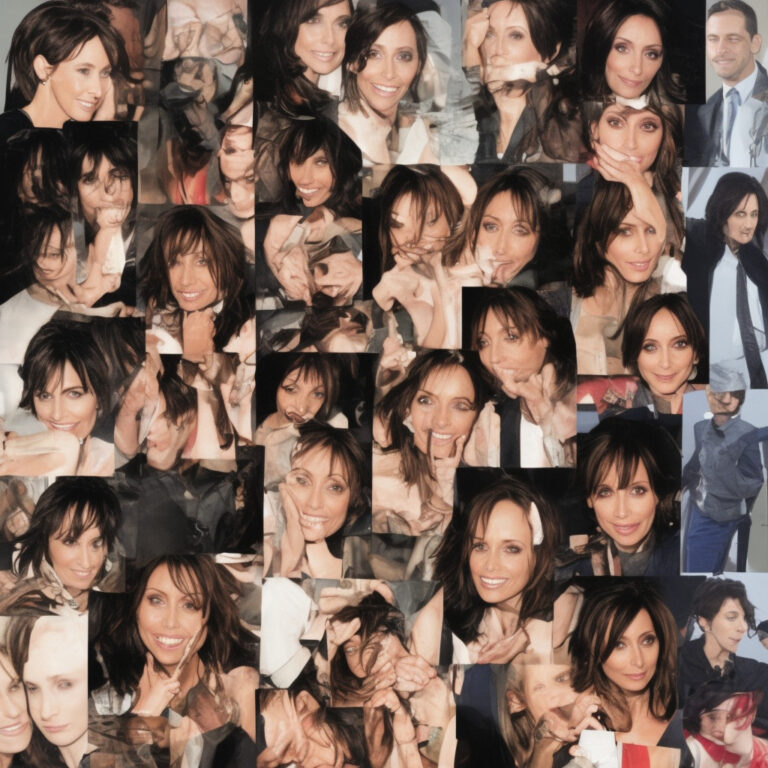
“Torn” was released as Natalie Imbruglia’s debut single on October 27, 1997, and quickly skyrocketed into the charts. The song, originally written by Anne Preven, Scott Cutler, and Phil Thornalley, was first performed by alternative rock band Ednaswap in 1995. However, it was Imbruglia’s pop-rock version that captured the attention of the masses.
Upon its release, “Torn” debuted at number 2 on the UK Singles Chart, despite being ineligible for the top spot due to its format as a CD single. It was held off by Aqua’s “Barbie Girl,” but maintained its position for a staggering 11 consecutive weeks, making it the longest-running number 2 single in UK chart history at that time.
On the global stage, “Torn” achieved immense success as well, peaking at number one in countries such as Belgium, Denmark, Canada, Spain, and Sweden. In the United States, the song topped the Billboard Hot 100 Airplay chart for a remarkable 14 weeks, setting a record for the longest stay at the top for any song by a female artist. Additionally, “Torn” spent 42 weeks on the Billboard Hot 100 chart, ultimately peaking at number 42.
“Torn” also garnered recognition from industry experts and award shows. Imbruglia’s rendition of the song earned her a Grammy nomination in 1999 for Best Female Pop Vocal Performance, while the accompanying music video directed by Alison Maclean, featuring a single-shot concept, won several awards, including an MTV Video Music Award for Best New Artist in a Video.
To this day, “Torn” remains a quintessential ’90s hit and a staple in the pop-rock genre. The song’s impressive chart performance and iconic status have solidified Natalie Imbruglia’s place in music history as a one-hit-wonder with a timeless classic that continues to resonate with listeners worldwide.
Dissecting the Soulful Lyrics of “Torn”
I thought I saw a man brought to life
He was warm, he came around
Like he was dignified
He showed me what it was to cry
Well, you couldn’t be that man I adored
You don’t seem to know, don’t seem to care
What your heart is for
But I don’t know him anymore
There’s nothing where he used to lie
My conversation has run dry
That’s what’s going on
Nothings right, I’m torn
I’m all out of faith
This is how I feel
I’m cold and I am shamed
Lying naked on the floor
Illusion never changed
Into something real
I’m wide-awake and I can see
The perfect sky is torn
You’re a little late, I’m already torn
Natalie Imbruglia’s “Torn,” released in 1997, encapsulated the emotional turmoil and vulnerability that many experienced during the decade. The lyrics paint a picture of a woman who has been deeply affected by a relationship that has left her feeling hollow and disillusioned.
The song’s narrative speaks to the universal theme of heartbreak, as the protagonist realizes that the person she thought she knew is not who they appeared to be. The lyrics depict the disillusionment that often accompanies the end of a relationship and the shattering of an idealized image of a partner.
The line “I’m wide-awake and I can see the perfect sky is torn” signifies the protagonist’s awakening to the harsh reality of her situation, and the subsequent feeling of being “torn.” This metaphor can be extended to the spirit of the late ’90s, as the world was transitioning into a new era marked by rapid technological advancements, political upheaval, and changing social dynamics.
At the time of “Torn,” the world was grappling with events such as the death of Princess Diana and the emerging dot-com era. In the midst of these profound changes, people found solace in music that captured the essence of their feelings and provided an emotional outlet.
The lyrics of “Torn” resonate with listeners who have experienced the pain and confusion of a broken relationship, evoking a sense of empathy and understanding. As such, the song remains a timeless anthem of heartache and disillusionment, making it a powerful testament to the human condition and the spirit of the era in which it was written.
A Visual Masterpiece: The “Torn” Music Video
A Visual Masterpiece: Natalie Imbruglia’s “Torn” music video combines groundbreaking techniques, raw emotion, and captivating storytelling for an unforgettable and enduring experience.
For a song as iconic as “Torn” by Natalie Imbruglia, it’s only fitting that it be accompanied by an equally memorable music video. Directed by the talented Alison Maclean, this video has left a lasting impression on viewers since its release in 1997.
The setting of the video is a minimalist, cozy apartment, with Natalie Imbruglia stepping into the spotlight as the main focus. She is filmed in a continuous single shot, giving the audience a sense of intimacy and raw emotion. This uncut approach to filming allows Imbruglia’s performance to shine uninhibited, showcasing her vulnerability as she navigates through the aftermath of a heartbreak.
One of the most notable aspects of the video’s production is the use of a blue screen, which was a groundbreaking technique at the time. This allowed the director to seamlessly blend the interior shots with scenes featuring Imbruglia’s band performing in a warehouse, creating a compelling juxtaposition between the personal and public aspects of the song’s narrative.
In a clever nod to the song’s theme of emotional disconnection, the video occasionally rewinds and replays certain moments, giving viewers a sense of déjà vu. This artistic approach reinforces the idea that the protagonist is stuck in a cycle of pain and unable to move forward.
While the video’s budget has never been publicly disclosed, it’s evident that the money was well-spent in creating a visually striking and emotionally resonant piece of art. With its innovative techniques and captivating storytelling, the “Torn” music video holds an enduring place in the hearts of music lovers everywhere.
The video’s impact is evident in the numerous fan-made videos and YouTube tributes that have surfaced over the years, demonstrating just how much “Torn” has resonated with audiences. From heartfelt covers to parody versions, it’s clear that the legacy of this music video will continue to thrive for many years to come.
The Mastermind Behind ‘Torn’
Digging into the roots of “Torn,” the iconic hit performed by Natalie Imbruglia, you’ll find that its composer, Anne Preven, has quite an impressive track record in the music industry. As a seasoned songwriter and producer, Preven has collaborated with the likes of Beyoncé, Katy Perry, Madonna, and Miley Cyrus, to name a few. One of her most notable compositions is “Listen” by Beyoncé, a powerful ballad featured in the film adaptation of the Broadway musical ‘Dreamgirls.’ Preven’s versatile songwriting prowess has significantly impacted the pop landscape, proving that she is an undeniable force to be reckoned with in the world of music composition.
A Journey Through Time: Accolades, Appearances, and Covers
Journey through the timeless legacy of Natalie Imbruglia’s “Torn”: from MTV accolades to iconic covers and pop culture ubiquity, this classic track keeps capturing hearts.
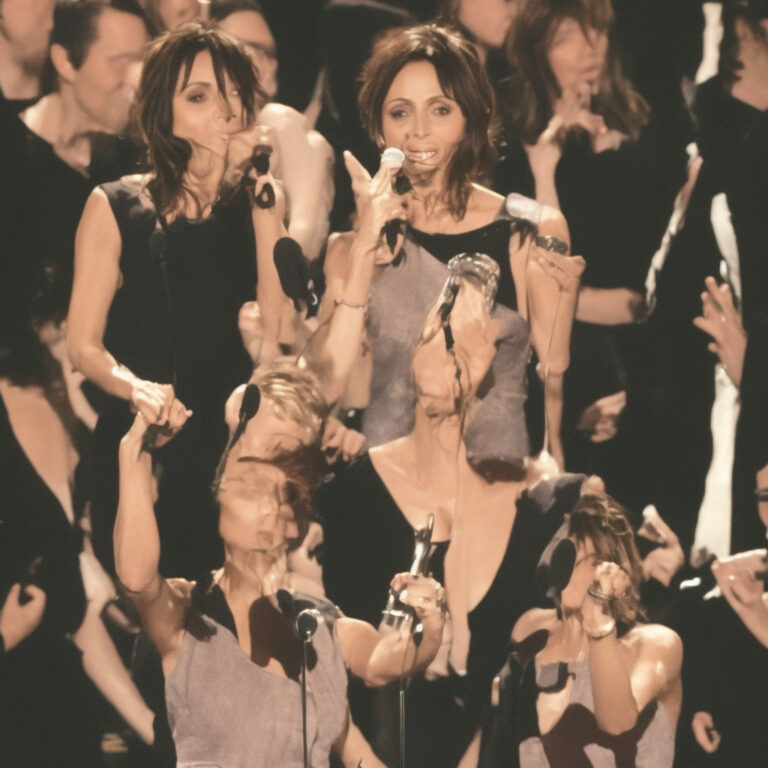
Since its release in 1997, “Torn” by Natalie Imbruglia has enjoyed an impressive legacy, earning numerous awards and accolades, and finding its way into various forms of media. The song received multiple award nominations at the 1998 MTV Video Music Awards, including Best Female Video, Best New Artist, and Viewer’s Choice. The track also took home the award for Best Song at the 1998 MTV Europe Music Awards.
“Torn” has made several guest appearances in movies and television shows, showcasing its widespread appeal and enduring popularity. Some notable examples include the films “EdTV” (1999) and “Click” (2006), as well as episodes of popular TV shows like “Dawson’s Creek” (1998) and “Cold Case” (2004). The song’s undeniable catchiness even landed it a spot on the soundtrack for the video game “Karaoke Revolution Party” (2005).
Throughout the years, “Torn” has inspired a myriad of cover versions, solidifying its status as a beloved classic in the realms of pop and alternative rock. American singer and guitarist Scott Moffatt recorded a version of the song for his 2016 solo album “Continuance.” More recently, singer and actress Kelly Clarkson paid homage to the hit during her “Kellyoke” segment on “The Kelly Clarkson Show” in 2019, adding her powerful vocals to the iconic track.
The unique combination of its gripping melody, heartfelt lyrics, and Imbruglia’s captivating performance has allowed “Torn” to maintain its status as a fan favorite and pop culture staple for over two decades. With its storied history and continued resonance, it’s safe to say that “Torn” has secured its place in the annals of music history.
Breaking Down the Musical Elements
Diving into the musicality of “Torn,” it’s evident that the song has an intricate yet straightforward structure that contributes to its timeless appeal. Written in the key of F major, the track carries a bright and uplifting tonality that contrasts with its emotional and introspective lyrics. The chords follow a progression of F – C – Bb – Fsus4, and then Bb5 – C5 – Fsus2, giving the song a sense of fluidity and movement.
The tempo of “Torn” lies at a comfortable 96 BPM (beats per minute), which enhances the song’s accessibility and allows for the melody to be easily absorbed by listeners. The moderate pace also complements the introspective nature of the lyrics, as it provides ample space for the words to resonate and for the emotions to be felt.
The song’s structure follows a classic pop format, with verses, pre-choruses, and choruses that build upon one another and create a dynamic listening experience. The arrangement employs a variety of instruments, including acoustic guitar, electric guitar, bass, drums, and strings, which add depth and richness to the overall sound. The acoustic guitar, in particular, lends a raw and organic touch to the song, while the electric guitar and string sections provide a sense of urgency and excitement.
An essential aspect of “Torn” is its catchy and memorable melody, which is primarily driven by Natalie Imbruglia’s emotive and powerful vocal delivery. The verses are characterized by a syncopated rhythm, with the melody jumping between different notes in a way that feels both surprising and satisfying. In contrast, the chorus employs a more legato and soaring melody that perfectly encapsulates the emotional turmoil and longing expressed in the lyrics.
The production of “Torn” is polished yet never overbearing, allowing for each musical element to shine and contribute to the song’s overall impact. The mix is well-balanced, with the vocals sitting prominently in the forefront, supported by the various instrumental layers. This ensures that the listener can fully appreciate the nuances of Imbruglia’s vocal performance, as well as the intricate interplay between the different instruments.
In conclusion, the beauty of “Torn” lies in its seemingly simple yet expertly crafted musical structure. The combination of a catchy melody, engaging chord progressions, and dynamic arrangements creates a timeless pop classic that continues to resonate with listeners even decades after its release.


